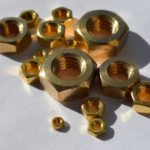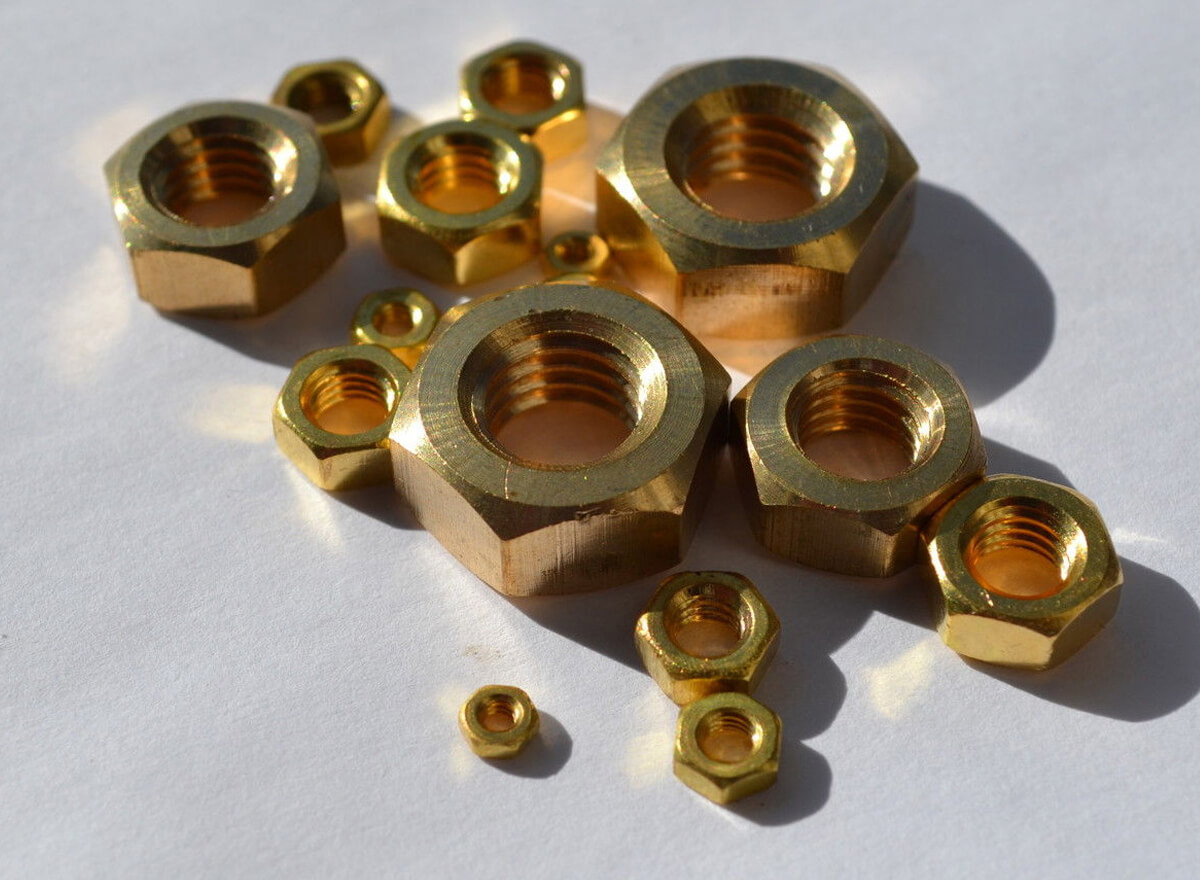Main types of nuts: their description and photo
A nut is a fastener that comes in many varieties. They differ not only in shape and strength class, but also in area of application. Let's look at its main types and figure out where they are used.
The content of the article
Nut - main varieties
A nut is a fairly common fastener, without which almost no device or structure can do. It can be found in an ordinary children's car, as well as in complex architectural structures. So what are the main types of nuts?
Hexagon
The most commonly used and sought after nut. Applicable almost everywhere. As the name implies, it has the shape of a hexagon for easy grip with a wrench. Can be made in different sizes, depending on the method and place of application.
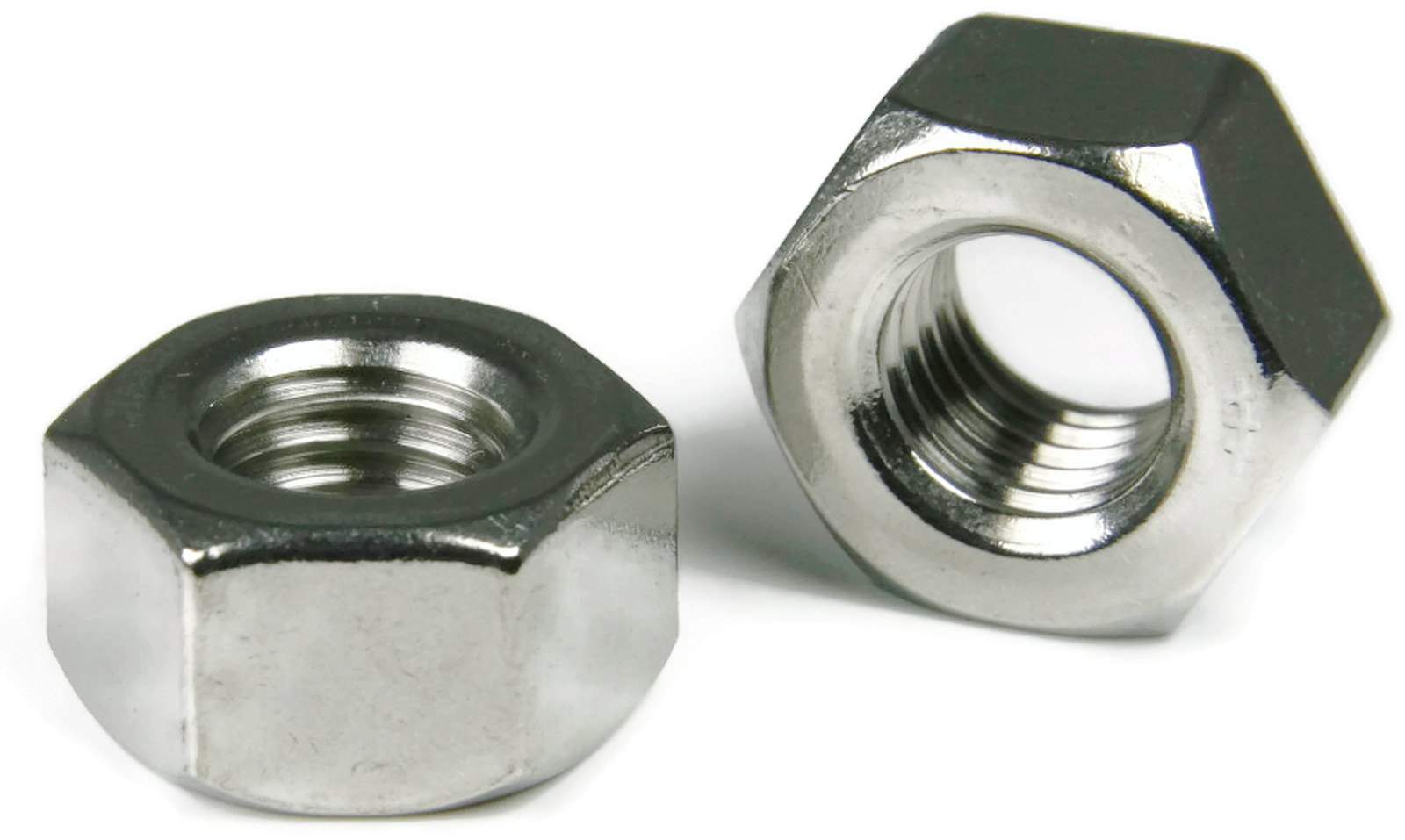
Hexagonal with flange
A kind of hybrid of a hex nut and washer. On one side there is the threaded nut itself, and on the other there is a flange, which can be smooth or grooved. The flange allows you to tightly and reliably fix a flat surface, and a notch on the flange prevents the fastener from self-unscrewing.Under certain conditions, the product under consideration can serve as an alternative to such hardware as spring engravers, various locking washers and others.
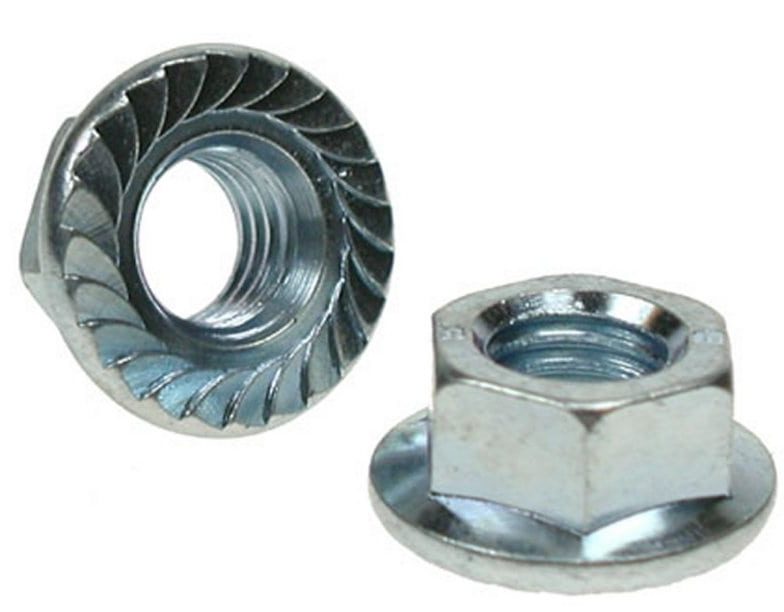
Round with a slot at the end
The fastener is a cylindrical product with a hole and an internal thread (metric), on the outside there is an even number of special slots - splines. They are designed to provide torque when using tools - a screwdriver or a female wrench.
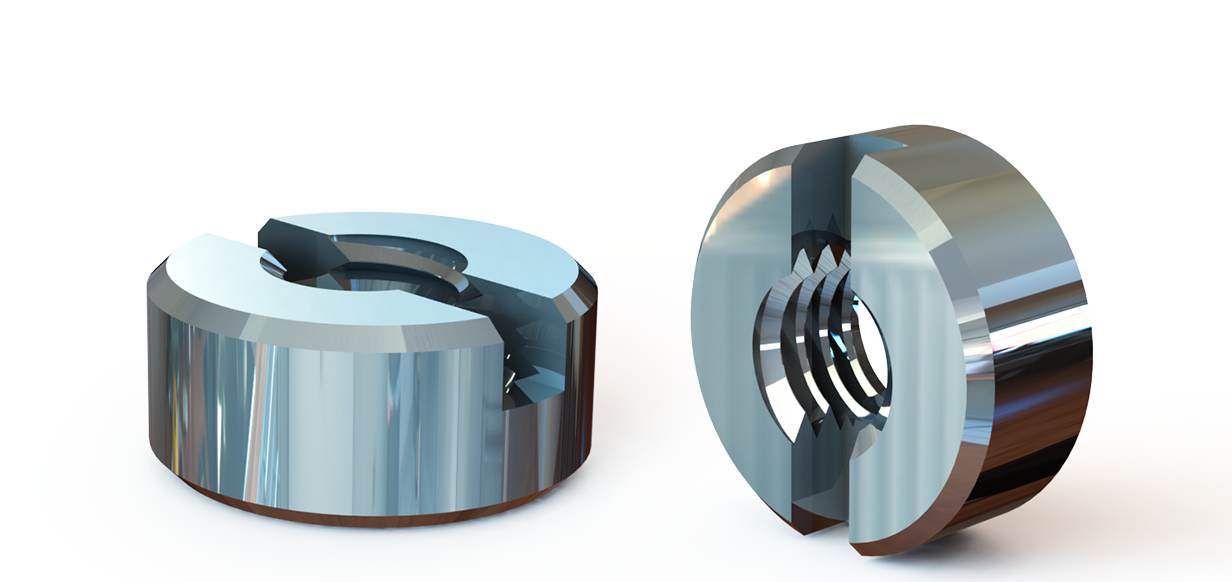
Slotted (crown)
Fastener with six edges. A special feature of the product is the presence of slotted slots, which are very similar in appearance to a crown and also have threads. Used for very strong fastening and preventing the slightest vibration of the connection.
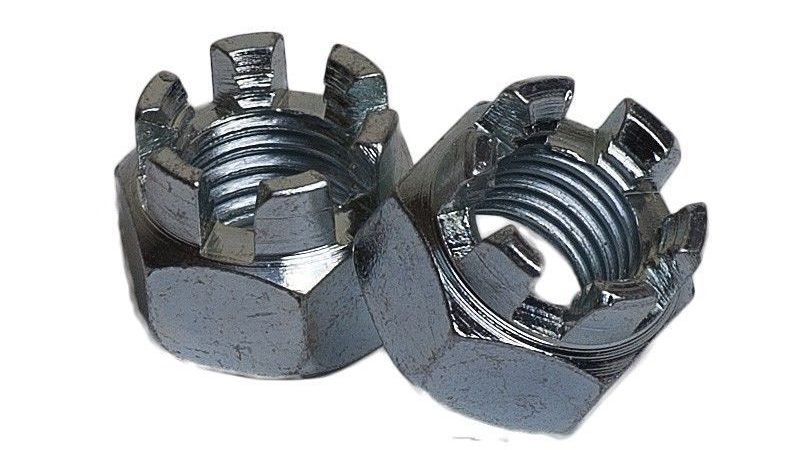
Square
Square nuts can be classified as special and are used as countersunk nuts. Four edges are more resistant to turning than six. They are often used in places where access is difficult, for example on the body of a car. The product is secured using a special casing.
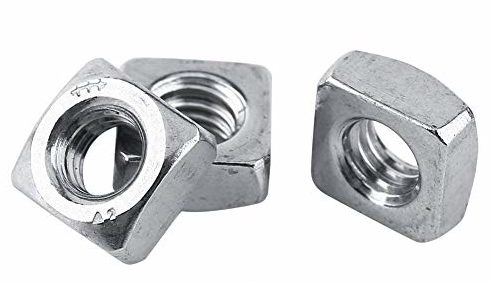
Cap
Hex nut with metric threads, spherical end surface and blind threaded hole. The scope of its application is quite diverse: from mechanical engineering to construction. However, most often the cap nut is used as decoration. For example, when you need to cover sharp objects or protruding bolts.
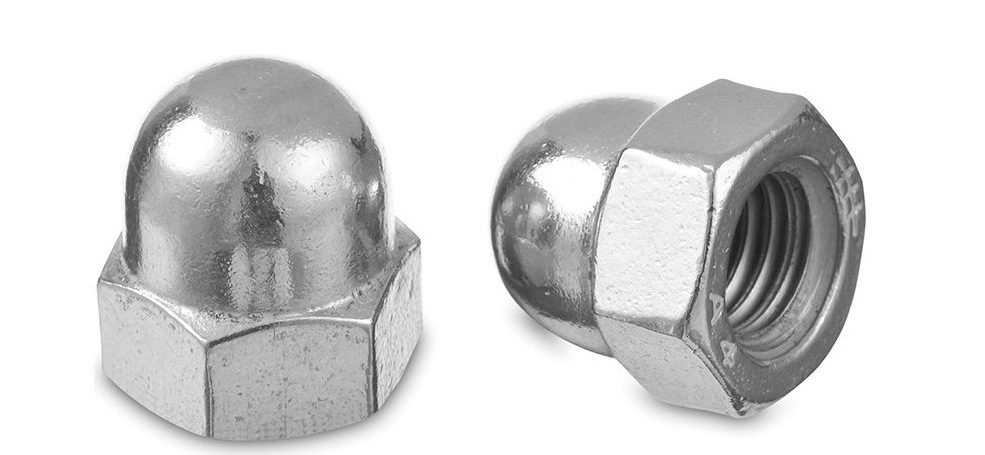
Wing nut
This nut has peculiar protruding rectangular or rounded elements, symmetrically located. To screw in this fastener, no tools are needed, since everything happens manually.It is used where quick fastening is required, but the load must be taken into account, since this type of nut does not withstand significant vibrations.
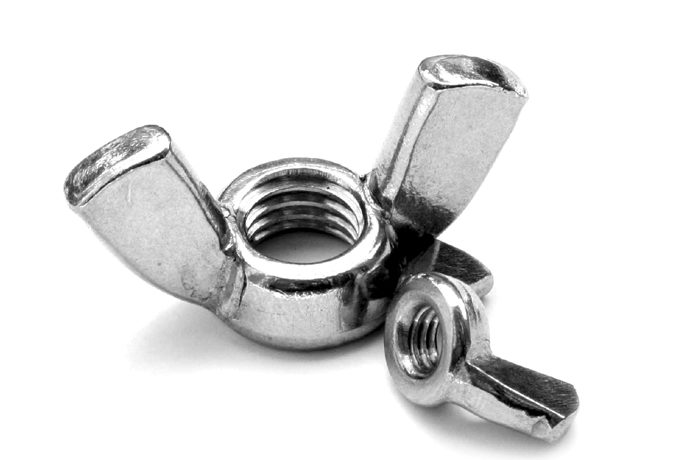
Eye nut
Applies to rigging and cargo fasteners. The ring nut has a ring that is designed to grip elements of parts, finished products, machine tools, beds during assembly, movement, transportation, and retooling. Used in many areas: mechanical engineering, shipbuilding, construction, medicine, food production.

Self-locking locknut
This fastener has a rolled synthetic liner. Thanks to this, it reliably fixes itself, and when the fastening is loosened under the influence of dynamic loads and vibrations, it does not unscrew itself. This is especially true for vehicles and conveyor lines.

Connecting for stud
It also has other names - coupling, extended nut. This is a hexagonal fastener with an internal hole in which a thread is cut. It differs from the others in its length. Used for structural connections of threaded parts of bolts, studs, etc. in mechanical engineering, instrument making and construction as connection parts.
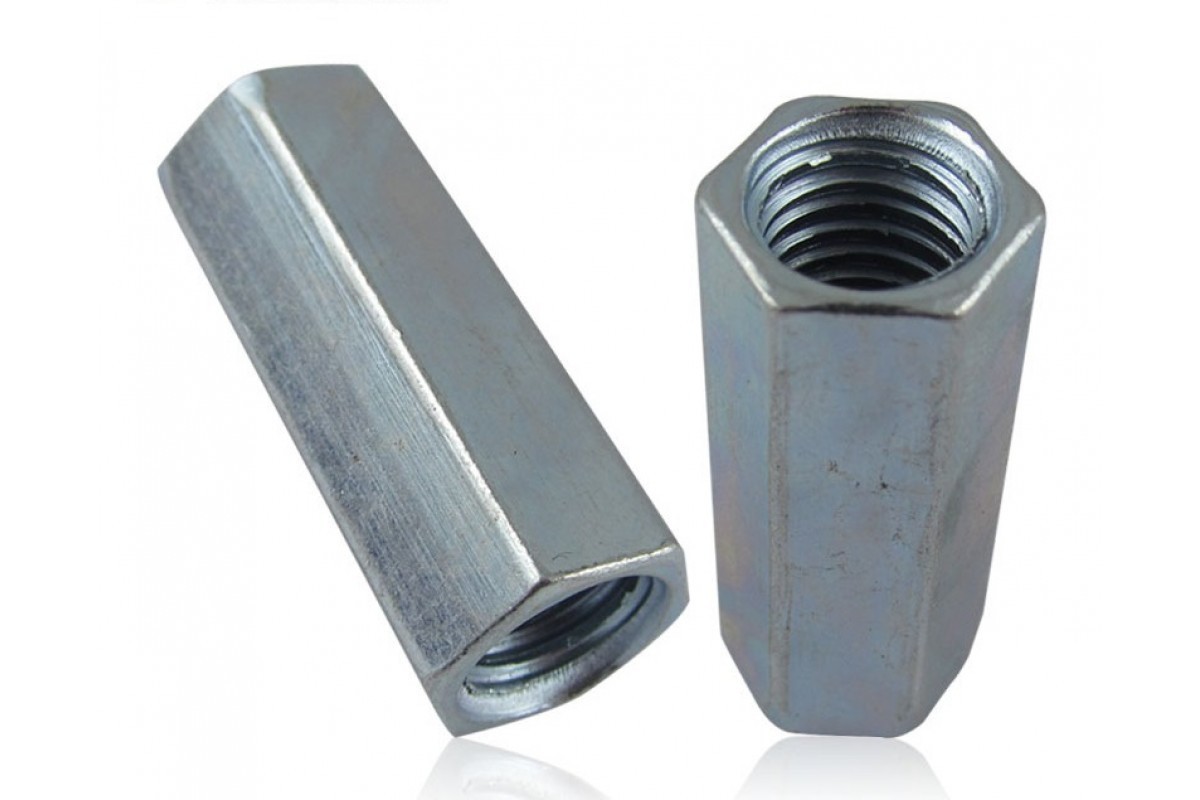
Furniture
A highly specialized nut used in the production of furniture structures. Its appearance in the variety of construction fasteners is due to the characteristics of wooden elements, from which furniture is mainly produced.
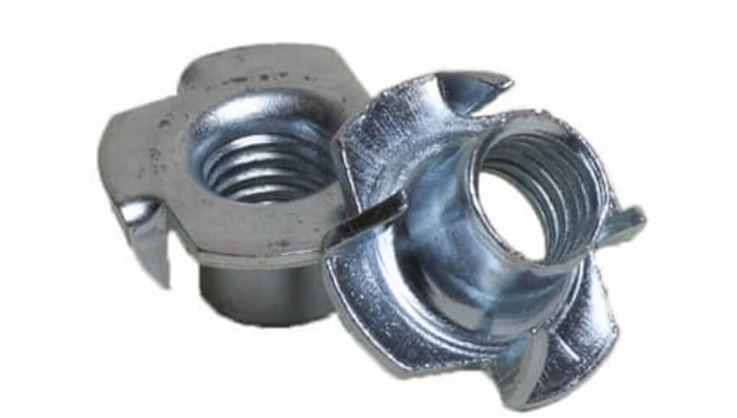
Secret
It looks like a barrel with an internal thread.The optimal type of fastener for connecting sheet materials or individual parts of products in cases where the created fastening unit must be hidden, as well as for reliable and quick flush mounting of mounting parts, for example, mounting angles in the groove of a heavy profile.
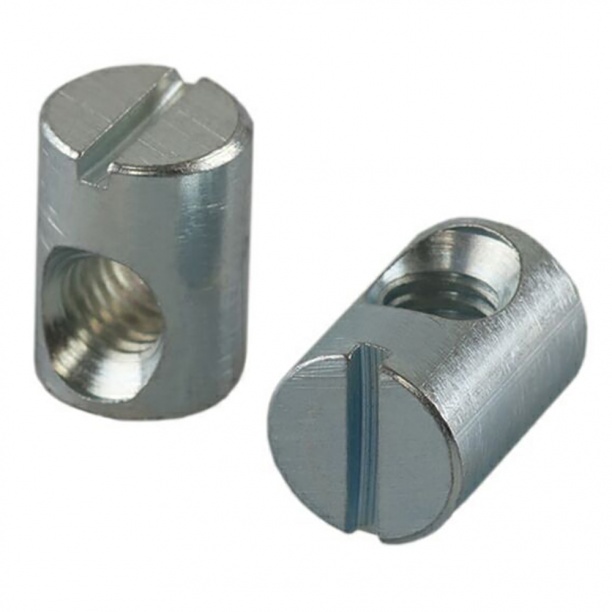
Anti-vandal
It has another name - tear-off. Its direct function is protection against theft and disruption. After installing and tightening the nut, the lower part of the product is cut off and only its smooth cone-shaped part remains on the bolt or screw, which eliminates the possibility of unscrewing without the use of a special tool. It is used in advertising (advertising stands in elevators, on the streets), door and safe locks, furniture for public places (educational institutions, parks, public gardens) and many other areas of human life.
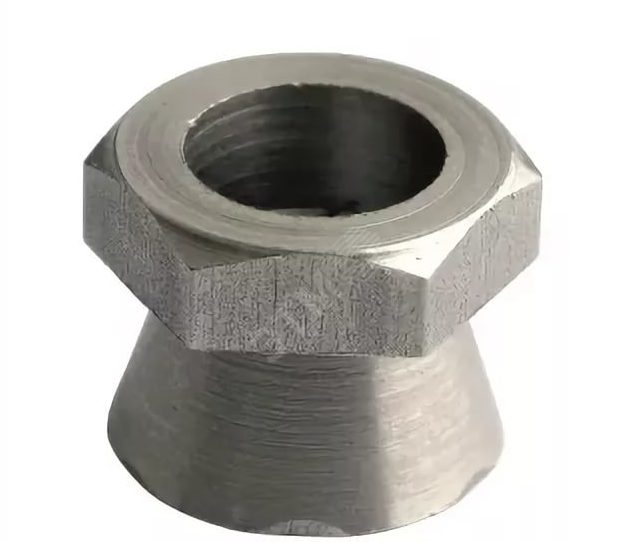
Welded
Hexagonal part with standard internal thread and three protrusions on the end surface on the back side. It is used in mechanical engineering and in the assembly of car bodies. Typically, such a nut is welded using resistance welding.


